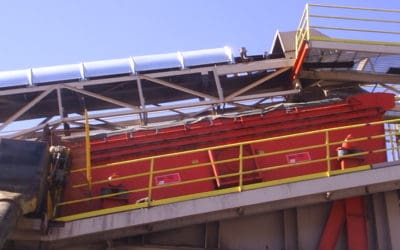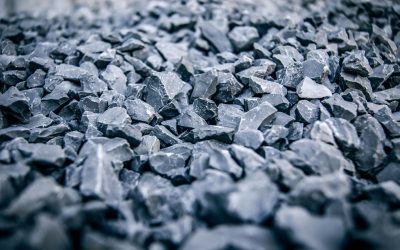In today’s world, responsible wood waste recycling practices are becoming widely adopted, and materials recovery facilities (MRFs) are stepping up to improve the recycling of wood waste in their waste screening processes.
In this article, we delve into the benefits and challenges of wood waste recycling and how AEI’s BIVITEC Screen supports a worldwide effort to increase the recycling of reusable materials.
Why is Wood Waste Recycling Important?
Each year, according to the EPA, approximately 12 million tons of wood waste ends up in landfills instead of being recycled or repurposed. Wood waste can be sourced from a variety of projects, including:
- Yard waste: branches, trees, landscaping, and other yard waste
- Construction and demolition: waste from wood structures, such as roofs, building frames, outdoor patios, etc.
- Industrial packaging: wooden crates and pallets
- Lumber and sawmills: scraps, bark, sawdust, and wood chips
- Agriculture: wooden stakes, fencing, and crates used in farming and horticulture
To highlight the importance of responsibly recycling wood waste, we must look at the numerous environmental and health hazards associated with improper disposal. For example, chemically treated wood can release harmful substances into the air that can be inhaled or ingested when not properly managed. An excess of greenhouse gasses sent into the atmosphere from burning wood can cause unnecessary air pollution.
Additionally, when left in landfills, wood waste can produce fungal spores and mold, which can lead to long-term respiratory health issues, including cancer.
The Benefits
Wood waste recycling offers many benefits for human safety and the environment, supporting the circular economy:
- Forest preservation: it helps conserve forests and prevents animal habitat loss
- Soil improvement: producing compost and mulch enhances soil quality and promotes sustainable agriculture
- Material creation: it can be used as new building materials, furniture, and more
- Environmental impact: it decreases greenhouse gas emissions, minimizes fire hazards, and reduces methane production
- Cost reduction: recycling wood is often cheaper than disposal (dump fees in particular), helping businesses improve their sustainable practices
Learn how MRFs can reduce their costs.
Common Challenges
Despite its advantages, the greatest hurdle to overcome is finding proper recycling facilities. The scarcity of recycling facilities often stems from the following challenges MRFs face:
- Material contamination: non-wood materials (like nails or other metals) complicate the sorting and recycling process, so it’s best to reduce recycling contamination
- Quality variations: variations in wood quality (such as moisture content, rot, or chemically treated wood) require careful sorting and processing
- Logistical challenges: efficiently sorting wood can be costly and complex, often including manual labor
- Regulations: adhering to environmental regulations can be challenging for MRFs, particularly as standards evolve and become more particular
- Technological limitations: difficulty sourcing machinery hinders the efficiency of an MRF
How can we overcome these challenges to boost wood waste recycling efforts? Let’s explore how straightforward the recycling process becomes with the right equipment.
The Wood Waste Recycling Process with BIVITEC
The BIVITEC screen can ensure efficient and accurate separation when wood waste is being sorted to remove contaminants and identify reusable pieces.
By leaning on the BIVITEC screen’s innovative design, MRFs can facilitate precise material separation and adapt to various types and conditions of wood waste. This technology significantly reduces manual labor efforts and ensures the highest quality end products.
Contact AEI today to learn more about adopting the BIVITEC for your facility.


